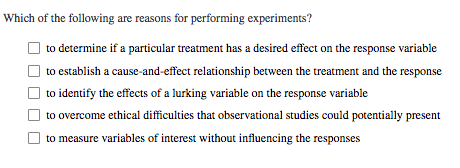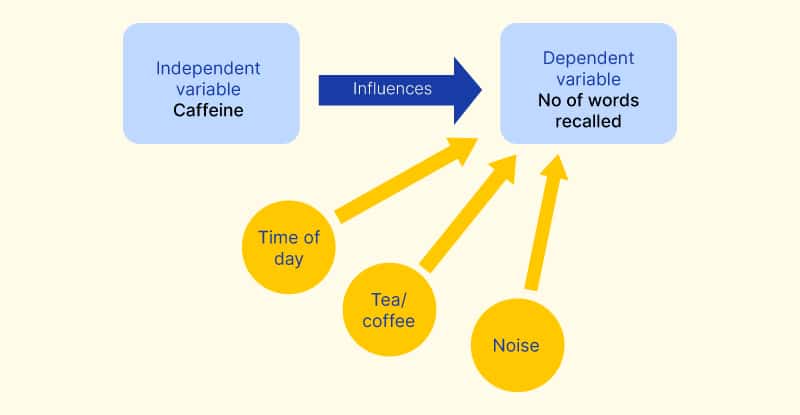

The closer the number is to +1, the more strongly related the variables are, and the more predictable changes in one variable will be as the other variable changes. The number portion of the correlation coefficient indicates the strength of the relationship. The correlation coefficient is usually represented by the letter r.


A correlation coefficient is a number from -1 to +1 that indicates the strength and direction of the relationship between variables. We can measure correlation by calculating a statistic known as a correlation coefficient. When two variables are correlated, it simply means that as one variable changes, so does the other. How do we determine if there is indeed a relationship between two things? And when there is a relationship, how can we discern whether it is a coincidence, the result of a third variable (like temperature), or true cause-and-effect? CORRELATIONAL RESEARCHĬorrelation means that there is a relationship between two or more variables (such as ice cream consumption and crime), but this relationship does not necessarily imply cause and effect. Also, when it is warm outside, we are more likely to seek a cool treat like ice cream. When the temperature is warm, there are lots of people out of their houses, interacting with each other, getting annoyed with one another, and sometimes committing crimes. It is much more likely that both ice cream sales and crime rates are related to the temperature outside.
/what-is-a-hypothesis-2795239-ADD-FINAL-V5-ef5be2c685a141bfa323fcd8ac62cffc.png)
Explain what a correlation coefficient tells us about the relationship between variables.By the end of this section, you will be able to:


 0 kommentar(er)
0 kommentar(er)
